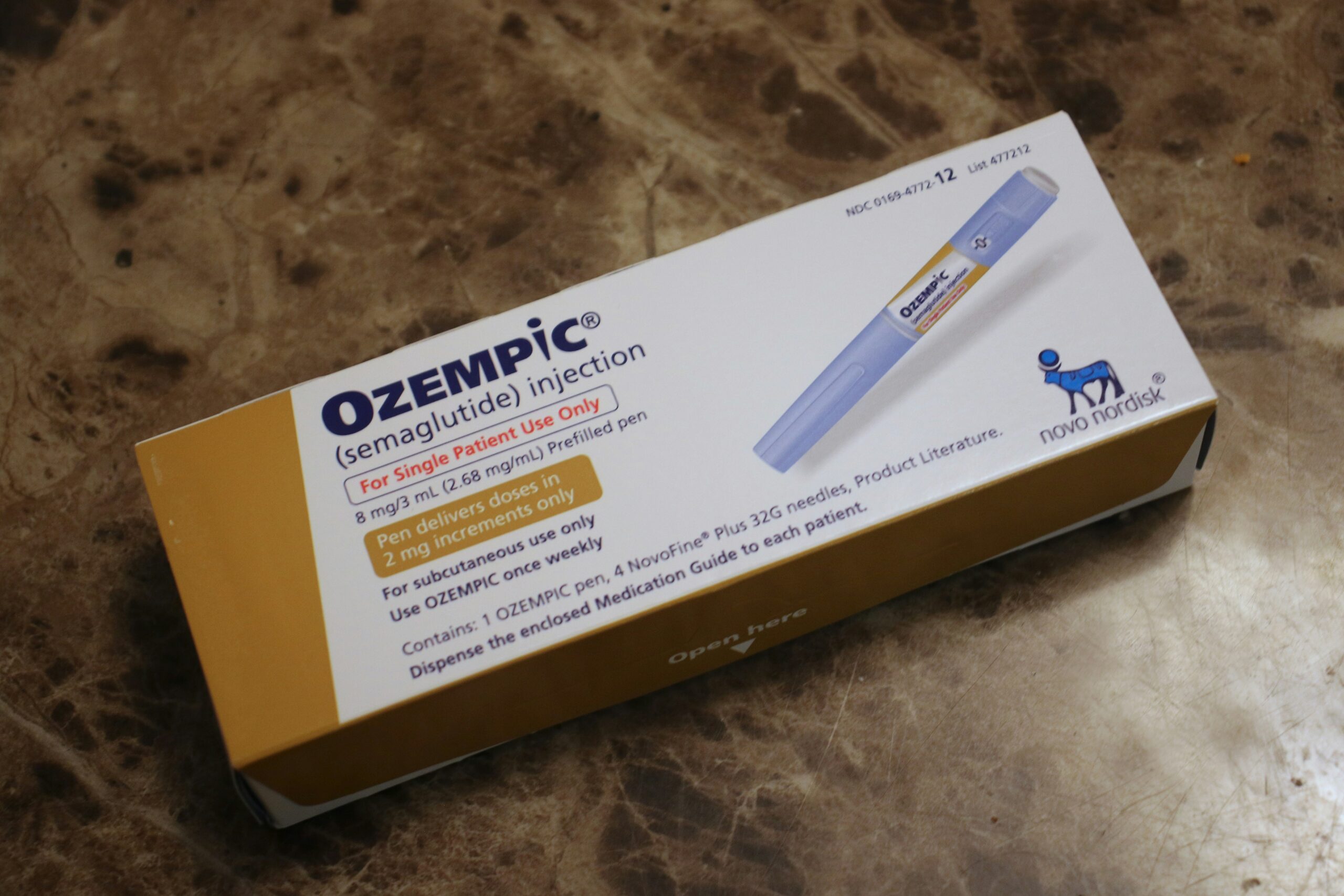Hearing all the buzz surrounding weight loss drugs like Ozempic, Wegovy, or Mounjaro?
You’re not alone. These weight-loss medications are everywhere right now and they all work by boosting a hormone called GLP-1.
But here’s what you might not realize: GLP-1 is a hormone your body already makes naturally. And the best part? There are natural ways to increase it—no prescription needed!
If your goal is to lose weight or reduce body fat, understanding how to boost your GLP-1 levels could be a game-changer.
What is GLP-1 and what does it actually do?! Higher levels of GLP-1 can help with weight and fat loss by:
-
Slowing digestion – so you stay full longer and aren’t constantly hungry.
-
Releasing insulin – to help your body manage sugar from food.
-
Keeping blood sugar levels steady – giving you more consistent energy and fewer mid-day crashes.
Why does this matter for weight and fat loss?
When your body manages food and sugar more efficiently, it’s easier for your body to burn fat lose weight (and keep it off!), avoid cravings and energy crashes and feel fully satisfied after eating – no more staving an hour later!
Now, the rapid popularity of these drugs may have you beleiving the only way to reap the benefits is through medication—but that’s not the whole story. You can naturally boost your GLP-1 levels through smart food choices, exercise, better sleep, and stress management!
(Yep, all the same things your RF coaches are always talking about!)
Ready to learn how to boost GLP-1 naturally—and make real, lasting progress without extreme diets or relying only on meds? Keep reading!
HOW TO NATURALLY BOOST GLP-1
Nutrition will forever and always be the main driver of your weight and fat loss—there’s no disputing this fact! So first up, let’s dive into what you need to be eating to help boost your GLP-1 levels so that you can fuel your weight and fat loss goals:
#1. Protein at Every Meal: Protein doesn’t just build muscle—it boosts GLP-1, keeps you full, and helps regulate blood sugar! Protein also protects your precious muscle mass, which can decrease when you lose weight:
-
Ladies: 1 palm-sized serving per meal (~4 oz)
-
Fellas: 2 palm-sized servings per meal (~8 oz)
- Protein rich food sources: Lean meats, eggs, tofu, fish, beans, lentils, Greek yogurt (or dairy-free alternatives)
#2. Fill Up on Fiber: High fiber foods such as vegetables, legumes, nuts, seeds, and whole grains stimulate gut hormones, including GLP-1. Pro tip: Increase fiber gradually to avoid bloating and gas.
- Fiber rich food sources: peas, lentils, beans, chickpeas, artichokes, broccoli, sweet potatoes, Brussels sprouts, raspberries, pears, bananas, chia seeds, flax seed, quinoa, oats, brown rice, and avocado.
#3. Add Healthy Fats: Heart healthy fats, particularly monounsaturated and polyunsaturated fats, can boost GLP-1 levels and improve insulin sensitivity.
-
Ladies: 1 thumb-sized serving per meal
-
Fellas: 1–2 thumbs per meal
- Healthy fats food sources: avocados, olive oil, fatty fish (salmon, mackerel), nuts, and seeds
#4. Support a Healthy Gut: Your gut microbiome directly influences GLP-1 production. Probiotic and prebiotic foods nourish beneficial gut bacteria, thus enhancing GLP-1 release. Include one source of probiotic and prebiotic foods daily:
- Probiotics (good bacteria): Sauerkraut, kimchi, kombucha, yogurt (dairy or non-dairy), miso
- Prebiotics (gut fuel): Garlic, onions, asparagus, bananas, chicory root
#5. Sip Smart: Yes, your favorite morning beverage can help! Green tea and coffee both stimulate GLP-1 production:
-
Green tea contains catechins (acts as an antioxidant) that promote gut hormone production.
-
Coffee enhances GLP-1 and insulin sensitivity, helping with appetite regulation.
-
Stay under 400mg caffeine per day (~2–3 cups max). If caffeine-sensitive, cut off intake 6–8 hours before bedtime.
-
Ladies: Eat under 25 grams of added sugar per day
-
Fellas: Eat under 36 grams of added sugar per day
#7. Exercise: Regular exercise significantly increases your GLP-1 levels, improving metabolism and reducing hunger!
- Strength Training: Improves insulin sensitivity and promotes lean muscle. Our Small Group Personal Training sessions = exactly what your body needs!
- Aerobic Exercise: Walking, running, biking, swimming,and HIIT—all stimulate your gut hormones. With our HIIT classes, you’re covered!
#8. Manage Sleep & Stress: Both poor sleep and high stress levels can increase cravings and appetite, leading to overeating and potential weight and fat gain.
- Sleep: Aim for 7–9 hours of quality sleep per night. Quality sleep = staying asleep, not waking more than 1-2 times and waking up feeling refreshed.
- Stress: Manage stress levels through activities like meditation, deep breathing, and mindfulness. A few minutes of deep breathing can help your body respond to stress better.
Bottom Line: Boosting your GLP-1 levels naturally can help you successfully hit your weight and fat loss goals by improving satiety, metabolism, and insulin regulation.
Building better lifestyle habits around protein, fiber, healthy fats, probiotics, exercise, and stress management optimize your body’s natural hormone production. By making these small yet powerful lifestyle changes, you can support long-term health and sustainable weight and fat loss for good!

